By Fernando García
MD IDP Data Centers
The term Industry 4.0 is generally used to refer to new industrial automation technologies in manufacturing environments, however, we allow ourselves in this article to apply this term to the phenomenon of digital transformation that is affecting all productive sectors and industries, from medicine and banking, to manufacturing through retail, Oil & Gas and even government.
We can no longer continue talking about Information and Communication Technologies (ICT) as a productive sector or a business segment in itself. ICT is a transversal component to all sectors and as such, one of the strategic elements of competitiveness in the same way as the product or service they market.
This "fourth revolution" revolves around the use of artificial intelligence and IOT that, together with massive data analysis, seeks to create cyber systems capable of analyzing information patterns and decision-making autonomously and independently. These are autonomous systems capable of handling traffic, operating a knee, attending to the request of a citizen or maintaining a tractor, without human intervention.
When traditional process control systems such as SCADA, Modbus, PLCs, embedded systems, numerical control, etc. are united with Information Technologies such as SNMP, SQL, IOT and Big Data it is as if the physical world and the digital world converge into a single system that generates large amounts of very valuable information to create intelligent systems, autonomous and much more efficient. This Digital Transformation is no longer optional, it is essential to compete in the new digital economy and they are the ones that best and it is those that adapt better and faster that will be able to survive.
Over the last five years, there has been a lot of talk about cloud computingcloud computingand the adoption of managed IT services as a way to jump on the digital transformation bandwagon and adopt the "third platform". However, Cloud Computing is part of the journey and not the destination. The provisioning and allocation of shared IT resources (public cloud) is a necessary step to optimize and cheapen the technological infrastructure.managed services) como forma de subirse al tren de la transformación digital, y adoptar la “tercera plataforma”. Sin embargo, Cloud Computing es parte del viaje y no el destino. El aprovisionamiento y asignación de recursos de TI compartidos (nuble pública) es un paso necesario para optimizar y abaratar la infraestructura tecnológica.
But that is only the beginning, and part of a much longer process that goes through the "instrumentalization" of processes with IOT, massive data analysis (Big Data) and the analysis of patterns of behavior and decision making (Artificial Intelligence).
"Cloud computing is part of it. of the journey, not the destination."
Time for Edge Computing
In the last 30 years processors or CPUs have increased their performance by a factor of 1,000 times. The bandwidth of data networks has increased by a factor of 3,000 times. However, network latency has only improved by a factor of 30 times. That is, despite advances in electronics and communications, the time it takes for an information packet to travel from point A to point B has only improved from 2-3 milliseconds to an average of 80 to 150 microseconds, with latencies above 500 μs for large distances.
On the other hand, due to the rise of IOT, the amount of information generated at the end point of the network and the need to analyze and make decisions in real time about that information has generated that many applications are hypersensitive to latency. Examples of such applications are telemedicine, vehicle fleet management, self-piloted trucks, voice recognition, augmented reality, among many other applications. Examples of non-latency-sensitive applications are traditional ones: email, ERPs, CRMs, e-Commerce, backups, etc.
For applications that require low latency, it is not feasible to use centralized infrastructure shares in datacenters hundreds of kilometers away. They require much closer, proximity infrastructure, where very low response times (low latency) can be handled. This trend of IOT and the analysis of the data they generate, is precisely what has generated the rise of the edge computing. These are smaller, distributed datacenters close to the point of use.
In the same way that mainframe systems were succeeded by distributed client-server computing, and that caused the sales boom of PCs and Servers for more than 15 years, Edge Computing represents a force opposed to the centralized provision of resources and virtualized systems (Cloud Computing). There are already those who predict that Edge Computing may become much greater than cloud computing in the not-so-distant future.
To meet this demand for "peripheral infrastructure", data centers that meet the following characteristics are required:
- Very fast deployment and installation
- Standardized infrastructure
- Automatic and autonomous management
- Maximum connectivity
- Ultra energy efficiency
There are already several edge computing projects in the region, and we will definitely see exponential growth of this type of infrastructure as IoT and the use of artificial intelligence become a constant in many industries. ¡Contact us!!



